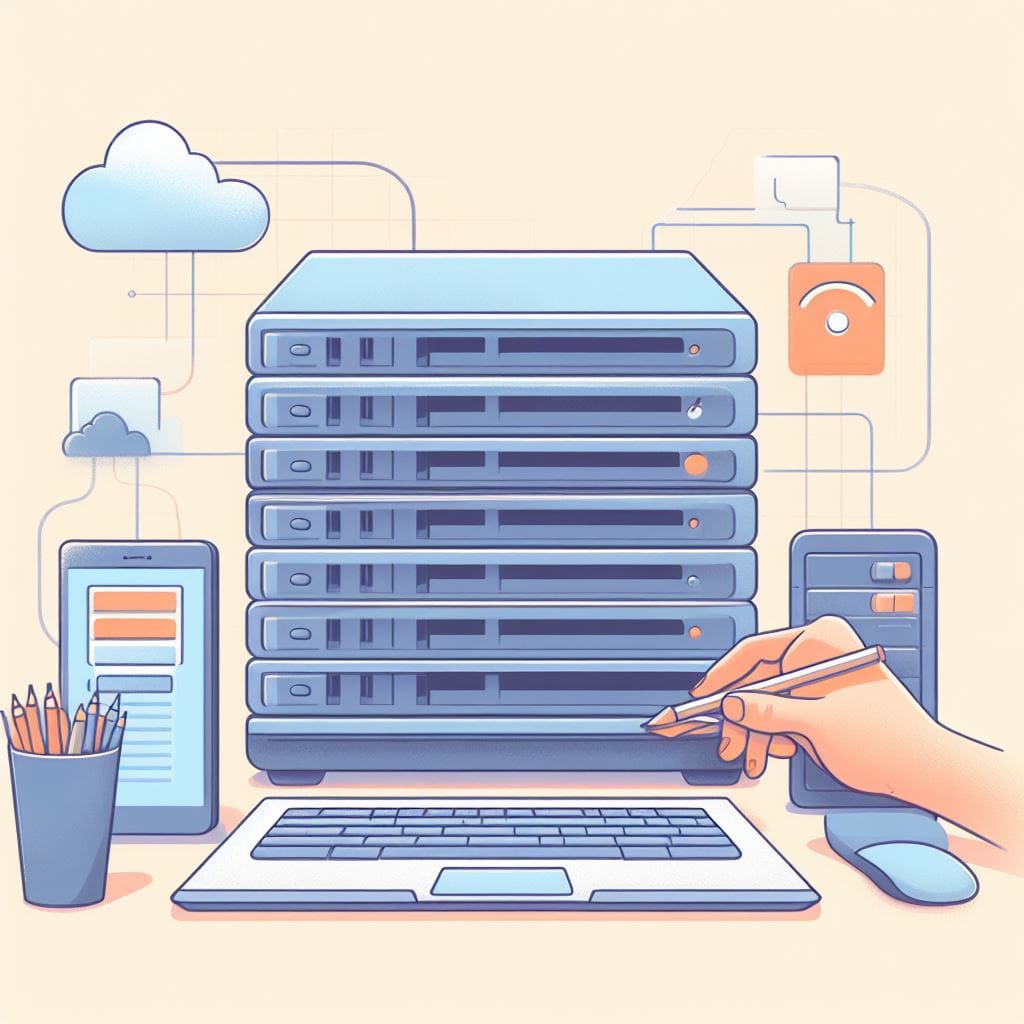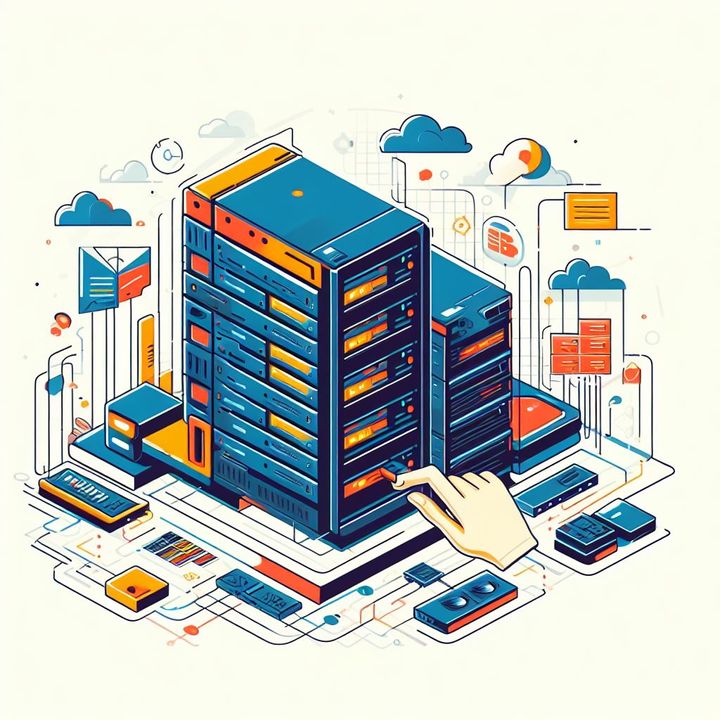Understanding the Benefits of Server-Side Caching on Dedicated Servers

Server-side caching is a crucial technique in optimizing the performance of web applications and websites. It involves storing frequently accessed data in a cache on the server, which allows subsequent requests for that data to be served faster. This can significantly reduce the load on the server, improve response times, and enhance the overall user experience. Here are some key benefits of server-side caching on dedicated servers:
- Improved Performance: Caching helps reduce the time it takes to retrieve and serve content to clients. By storing frequently accessed data in memory or on disk, the server can quickly respond to user requests without the need to regenerate the content from scratch.
- Reduced Server Load: Since cached content can be served directly from memory or disk, it reduces the need for the server to perform resource-intensive operations (like querying a database or generating dynamic content) for every request. This leads to lower CPU and memory usage.
- Faster Page Load Times: Caching static assets (such as images, CSS files, and JavaScript) allows them to be delivered quickly to users, resulting in faster page load times. This is crucial for retaining visitors and improving search engine rankings.
- Lower Latency: Caching minimizes the time it takes for the server to respond to client requests. This is especially important for applications where real-time data is critical, like multiplayer games, financial platforms, or chat applications.
- Scalability: By offloading some of the processing burden to the cache, a server can handle more concurrent users and traffic spikes. This is particularly beneficial for websites and applications that experience sudden surges in traffic.
- Bandwidth Savings: Caching can reduce the amount of data that needs to be transmitted between the server and client. This is especially useful for media-rich websites that serve a large number of images, videos, or other multimedia files.
- Better User Experience: Faster response times and page loads lead to a more satisfying user experience. Users are more likely to engage with and return to a website that is responsive and loads quickly.
- Improved SEO Performance: Page load speed is a factor in search engine rankings. Faster-loading pages are more likely to rank higher in search results, which can lead to increased organic traffic.
- Fault Tolerance and Redundancy: Caching can act as a buffer in the event of server failures or network issues. If the server is temporarily unavailable, cached content can still be served to users, providing a seamless experience.
- Cost Savings: By reducing the load on the server, you may be able to use a less powerful (and less expensive) server to handle the same level of traffic. This can lead to cost savings in terms of hardware and hosting expenses.
In summary, server-side caching is a powerful optimization technique that can have a significant impact on the performance and scalability of web applications. It's particularly beneficial for dedicated servers where resources are allocated exclusively to a single application or website. Implementing an effective caching strategy can lead to faster load times, improved user experience, and cost savings.



